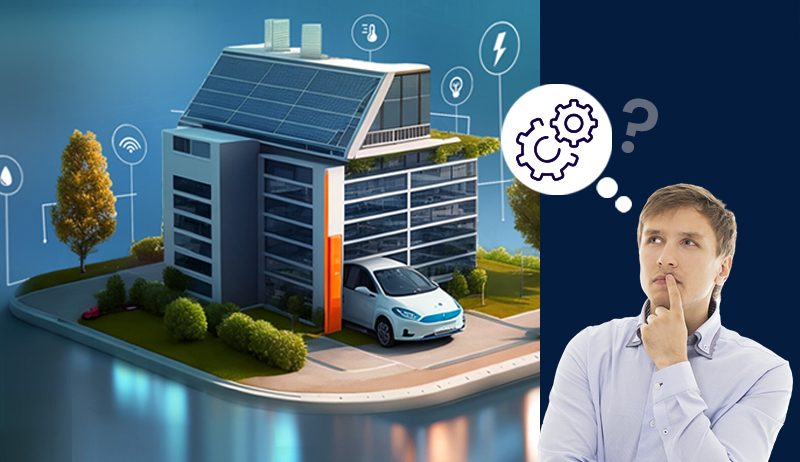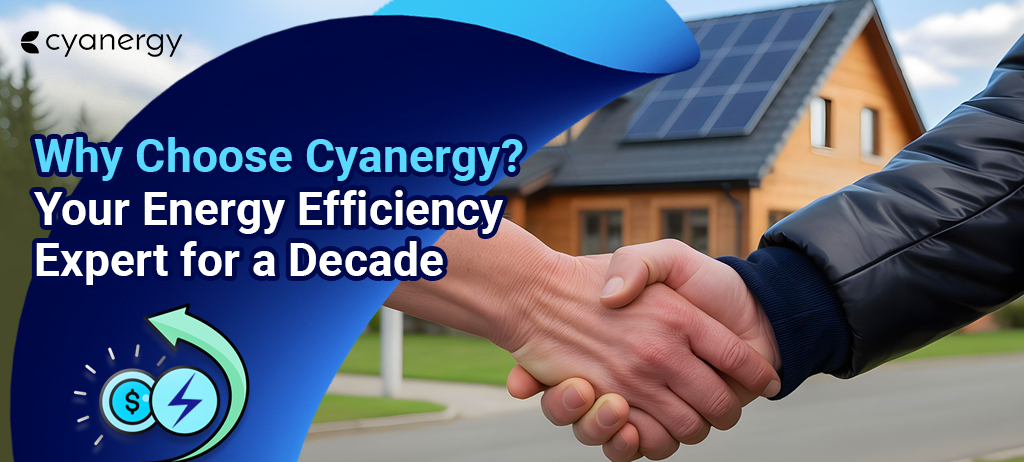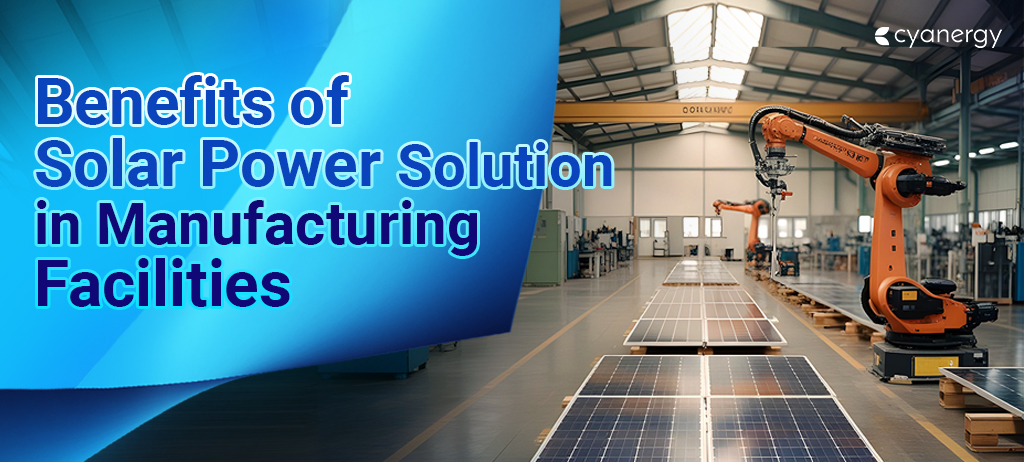Heating and cooling, the largest energy consumers in the average Australian home, account for 40% of household energy use. This addresses the critical need to make informed investments in maintaining your home’s comfort.
So, what HVAC systems are best for energy efficiency in homes?
Understanding HVAC Systems
Harnessing the power of passive design principles when constructing a home can significantly reduce your reliance on heating and cooling. Smart home habits and these strategies can be cost-effective ways to optimise your heating and cooling systems.
Choosing the right HVAC system for your specific needs ensures your comfort and translates into significant cost savings and a reduced environmental footprint. It’s a win-win situation: Enjoying a comfortable home while being financially savvy.
Heating and cooling make up 40% of household energy use. Appliances use 25%, water heating uses 21%, lighting uses 7%, and cooking uses 5%.
Climate
When deciding on heating and cooling, it’s crucial to consider your climate first. Do you require more heating, cooling, or a balance of both?
Understanding your climate and its impact on your home’s thermal performance can reduce your need for both, making you a well-informed homeowner.
Sizing
One important tip is to buy the right-sized heating or cooling appliance. By ‘right-sized,’ we mean a manageable system for the area you want to heat or cool; if it’s too large, it will cost more and waste energy.
It will work harder and use more power if it’s too small. Consider the area you want to heat or cool and how often you need it.
For example, in a climate with cool nights, you only need to cool a small area during the day and open windows at night.
Central vs. Space Heating and Cooling
Central systems heat or cool the whole house through ducts; space systems heat or cool one area or room. Choosing between them is essential. If some rooms are unused, central systems can waste energy.
Using a space system only where needed is more energy-efficient. Some central systems have zone settings, which allow you to control the temperature in different areas of your home independently. This means you can heat or cool only the places you use, making them more efficient.
Another resourceful option is to use a mix of systems, such as a central system for the main living areas and electric space heaters for bedrooms or studies. This approach allows you to optimise your heating and cooling needs, making the most of your resources.
Best Energy-efficient Air Conditioner for Australian homes

Reverse-Cycle Air Conditioners
Reverse-cycle air conditioners (RCAC) are very energy-efficient, making them great for heating and cooling in single rooms and large spaces. An RCAC can help lower your electricity bills and save you money each year.
- RCACs can both heat and cool your home.
- They are very efficient, meaning they are cheaper to run than other heating options.
- For example, an RCAC costs about a third of what an electric heater would cost to heat the same space.
Split Systems
- These have a wall-mounted unit inside and an external unit outside, connected by pipes.
- Ideal for single rooms or small flats.
- Installation costs range from $1,500 to $5,000.
Ducted Systems
- These have vents in the ceiling or floor in multiple rooms, all linked to one central unit.
- Suitable for larger homes.
- It is more expensive than split systems, costing $12,000 or $15,000.
Choose a model that fits your home’s layout and meets your heating and cooling needs. For help, check out the Home Heating and Cooling Buyer’s Guide.
Heat pumps for the Best Heating and Cooling

There are three types of heat pumps: air-source, water-source, and ground-source. Each type uses a heat exchanger to pull heat from the air, water, or ground to heat a home.
An air-source heat pump, also known as a reverse-cycle air conditioner, uses heat from the air to warm the home. These are common and efficient in Australia.
Water-source heat pumps are not commonly used in Australia due to a lack of suitable water resources. Ground-source heat pumps can work efficiently in very hot or cold conditions, but they are expensive for most homes in Australia and not widely used.
Ground-source heat pumps use pipes that go deep into the ground, where the temperature is stable throughout the year. These systems can cool the home in summer and heat it in winter.
Air passes through the pipes and changes temperature as it travels through the ground before being pumped back into the house. The pipe system must be large enough to allow the air enough time to cool or warm as it moves through.
When using the system to cool the air in a home, precautions are needed to prevent mould in the pipes caused by condensation. Ground-source heat pumps can also be used with air conditioning to precool the air, making the air conditioner more efficient.
Air-conditioning refrigerant can also be pumped through the pipes for the same effect. In winter, the system can preheat water for hot water heat pump systems.
Tips for Best Heating and Cooling
The best heating and cooling system depends on your climate, the size of your home, and how you live. Choosing the right size system for your home can save you energy and money. If the system is smaller, you’ll save energy and spend more money over time.
You can pick a central system that heats or cools most of your home or a space heater or cooler that works for one area or room.
There are also combined systems that can heat in winter and cool in summer, like reverse-cycle air conditioners, hydronic systems, and ground-source heat pumps. Heat pumps and reverse-cycle air conditioners are the most energy-efficient combined systems.
Ducted air or in-slab floor heating can provide central heating. Space heaters can run on electricity, gas, or wood.
Air conditioners or evaporative coolers can provide central cooling, while space cooling options include fans, portable air conditioners, and evaporative coolers.
Set your thermostat correctly to save energy. Each degree you increase the heating in winter or cooling in summer adds about 5 to 10% to your energy use. Aim for 18 to 20 °C in winter and 25 to 27 °C in summer.
Heat pumps, reverse cycle, and split system air conditioners are the most energy-efficient combined heating and cooling systems.
Look for Star Rating Labels
To be sold in Australia, residential split-system air conditioners must meet minimum energy performance standards (MEPS). This ensures that any new model you buy will be energy-efficient.
When a manufacturer registers a model with the government Energy Rating system, the air conditioner receives a star rating label for cooling and heating based on its test results against the Australian standard for air conditioners.
This label is usually found on the model in shops or online, making it easy to compare different models.
Star rating labels help you compare the efficiency of models of the same size or capacity. If the unit is installed correctly, more stars mean higher efficiency and lower running costs.
Setting your unit to about 8 °C cooler than the outside temperature will keep you comfortably cool and save money.
A model with one or two stars is acceptable, but a model with five or six stars (or more) is much better, though it might also be more expensive.
New models have a Zoned Energy Rating Label (ZERL), showing three cooling and three heating star ratings based on the climate zone where the unit is installed.
An air conditioner that works well in an average climate zone may not be the best choice for a hot zone and vice versa. These zone ratings help you choose the best model for your area and needs.
The three climate zones are:
- Hot: Northern Australia, including Darwin and Brisbane.
- Average: Middle zone of Australia, including Sydney, Adelaide, and Perth.
- Cold: Southern Australia, including Melbourne, southern Western Australia, Tasmania, Canberra, and eastern state mountain regions.
How to Choose the Right HVAC System for Your Home

Selecting the best HVAC system for your home requires carefully considering several factors.
To help narrow your options, consider factors such as home size, existing ductwork, local climate, and personal preferences.
Consulting with an HVAC expert like Cyanergy can eventually lead to selecting an HVAC system that meets your requirements.
Choose Cyanergy for Your Heating and Cooling Needs
As heating and cooling experts, Cyanergy can help you reduce energy consumption and bills.
Our friendly team provides all the heating and air conditioning services you require, and we can recommend the best heaters and coolers or split systems for your home.
Whatever your requirements, we can provide quality installation at affordable prices. Get a free quote or talk to an expert.







